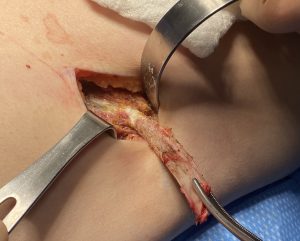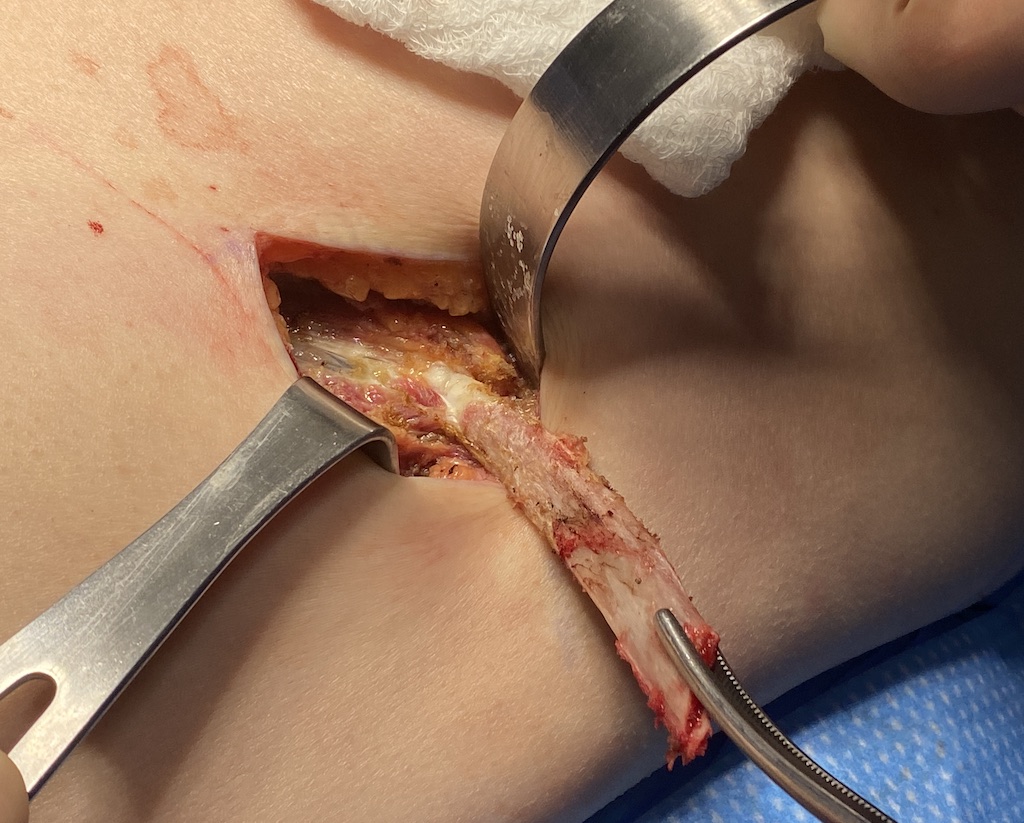Waistline reductive reshaping with rib removal involves manipulation of the lowest level of the ribcage. The so called free floating ribs, numbers 11 and 12, are partially removed to reduce the support for the sides of waistline. These ribs are unique as they are not attached to the rest of the ribcage like the other 10 ribs above it. This makes them ‘free’ but I would not consider them ‘floating’ as they are quite rigid despite having no distal attachments.
The 11th and 12th by comparison to the ribs above have been called ‘small and delicate’ but that is a relative description. They are definitely smaller in size (length) and perhaps biomechanically less rigid but they are still quite stout. Anyone who has ever cut them too remove them would not call them delicate by any means. But the one feature of them that is truly unique is their cartilaginous tip. There is about a centimeter of cartilage at their ends onto which various abdominal muscles attach. (internal and external obliques, transversalis, quadratus lumborum muscles)

In doing this rib dissection it is important to preserve the intercostal nerve that runs along the inferior edge of the rib. It is a very distinct structure that with care its integrity can be maintained.
Dr. Barry Eppley
World-Renowned Plastic Surgeon



